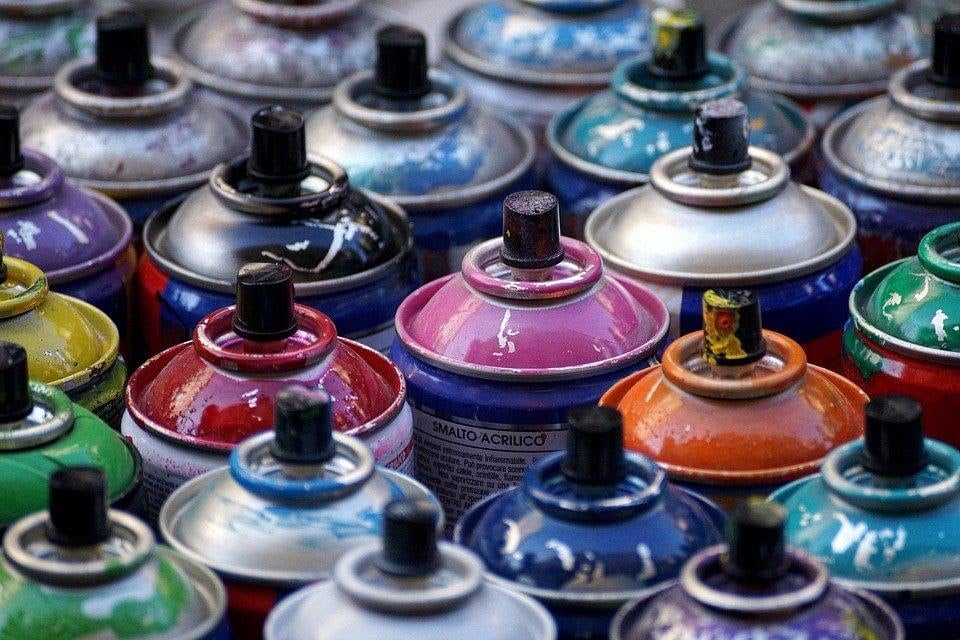4 Commercial Advantages of Powder Paint Coating
Powder paint coatings can be applied to almost any metallic surface, but steel, aluminum, and various composites of steel such as galvanized steel and stainless steel are ideal substrates in an industrial setting.
Instead of using an evaporating solvent for the application, powder paint is applied via a process commonly referred to as ESD (electrostatic spray deposition). Post application, curing it with heat is a necessary follow up step. Commercially, the powder paint coating process and its effects bring forth a number of advantages, which can be outlined as follows.
Durability
Compared to liquid paint, powder lasts a lot longer on metallic surfaces under both normal and adverse conditions. The finishes are also simultaneously more resistant to fading and scratching, with the very nature of powder coatings making them immune to developing cracks and breaks down the line. Both the equipment used in a production facility, as well as the final products themselves, can make use of the incredible durability, which powder coatings provide. Industrial equipment and metallic surfaces will stay protected longer, while the products themselves will create a good name for the brand due to their durable exterior coats.
Reduced Processing Time
Liquid paint needs a long time to dry, with flash off periods in between coats, but powder paint coating eliminates the need for all that extra time. Heat is applied almost immediately after each application to cure the paint properly, which is just about all the time it needs. This makes a powder paint coating a more commercially profitable option for businesses, given that it boosts productivity by reducing the processing time needed for each batch.
Saving on Cleaning
Powder does not spill like liquid paint, and unless treated with an adequate amount of heat, the excess sprays and dust can be simply washed off with warm water. In a large facility, this can lead to no small amount of savings every year on cleaning expenses.
Safer Employees
An application of powder coating does not release nearly as much VOC (volatile organic compounds), as applying each coat of solvent-based finish does. Although it may seem like this does not present any immediate commercial advantages to a business, that is not quite true.
Employee accidents and health complications present problems to the management on two fronts.
- Possibility of being sued for worker’s compensation
- Assured loss of work capacity and total productive output
Every employer in the United States has a moral and legal obligation to provide their employees with safe work environments. As all solvent-based paint contains a high amount of various toxins, it is extremely dangerous for those in the vicinity. Respirators and room air filtration devices are a must in applicable manufacturing facilities, but powder paint makes the environment comparatively less dangerous for the workers because of its low VOC content.
Managing the environmental impacts of industrial operations is not a duty that any company can shrug off lightly today. On top of that, a reduction in VOC emissions within any work environment also makes it easier for the air filters to work with maximum efficiency. This, in turn, makes the whole factory safer for your workforce, keeping them productive and healthy.

